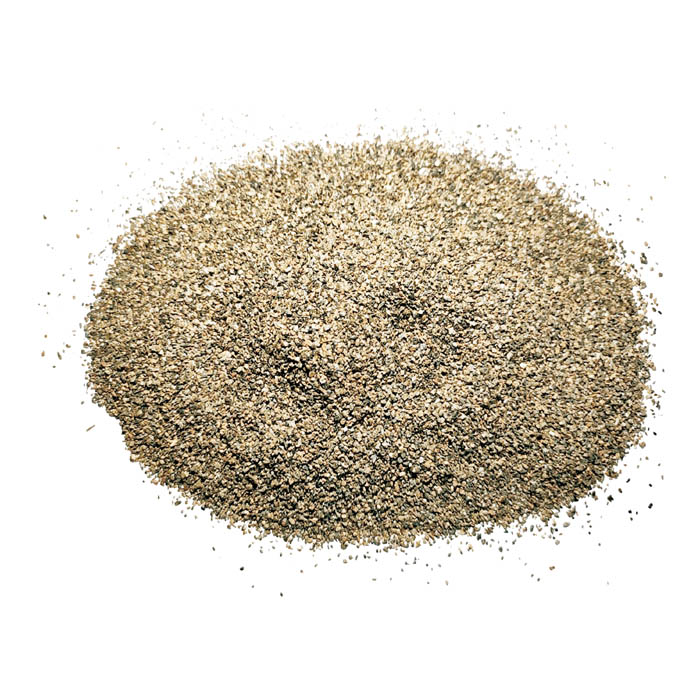Jul . 22, 2024 02:20 Back to list
Exploring the Role of Refractory Materials in the Nuclear Industry and Their Global Export Trends
Refractory Materials in the Nuclear Industry A Key Export Sector
Refractory materials, owing to their high resistance to heat and thermal shock, play a critical role in various industrial applications, notably in the nuclear sector. These materials, designed to withstand extreme temperatures and corrosive environments, are essential for the safe and efficient operation of nuclear power plants, research reactors, and waste management facilities. As the global demand for nuclear energy grows in response to the need for cleaner, sustainable energy sources, the export market for refractory materials in the nuclear industry is also expanding.
The Importance of Refractory Materials in Nuclear Applications
In nuclear facilities, refractory materials are used in several key areas, including reactor cores, containment vessels, and waste handling systems. These materials ensure structural integrity and efficiency by providing insulation and protection against heat generated during nuclear fission processes. For instance, insulation linings made from advanced refractory ceramics are crucial for maintaining temperature stability, which directly impacts the thermal efficiency of reactors.
Another vital application is in the containment of radioactive waste. High-performance refractory materials are required to handle the extreme conditions during the storage of spent nuclear fuel and other radioactive materials. Their durability and resistance to radiation ensure long-term safety and compliance with stringent regulatory standards.
Global Export Landscape
The global market for refractory materials in the nuclear sector is characterized by significant exports from key producing countries, including the United States, Germany, Japan, and China. These nations have developed advanced technologies and possess extensive expertise in creating superior refractory products tailored for nuclear applications. As nuclear energy gains momentum as a reliable alternative to fossil fuels, these countries are increasingly exporting their refractory technologies and materials to emerging economies seeking to expand their nuclear capabilities.
The international dynamics of the nuclear industry also influence the export of refractory materials. Countries that are investing heavily in nuclear infrastructure, such as India, Brazil, and several African nations, represent promising markets for refractory manufacturers. As these nations establish new reactors, they require high-quality materials to ensure the safety and efficiency of their operations.
refractory materials in nuclear industry exporter

Technological Innovations
There has been a notable trend towards innovation in the development of refractory materials, driven by the demands of modern nuclear technology. Manufacturers are now focusing on creating materials that not only withstand high temperatures but also exhibit superior mechanical properties and chemical inertness. Advanced ceramics, composite materials, and nanotechnology are being explored to enhance the performance of refractories in nuclear applications.
Furthermore, the push towards sustainability is prompting the industry to develop eco-friendly refractory materials that minimize environmental impact during production and disposal. The incorporation of recycled materials into refractory formulations is a growing area of research, aligning with global initiatives to promote green technologies.
Challenges and Future Prospects
Despite the promising growth of the refractory export market, various challenges persist. Regulatory hurdles, safety concerns, and competition from alternative materials can pose obstacles to market penetration. Manufacturers must navigate a complex web of international regulations while ensuring that their products meet the strict safety standards governing the nuclear industry.
Nevertheless, the future of refractory materials in the nuclear sector looks optimistic. With the increasing emphasis on clean energy and the expansion of nuclear power globally, demand for refractory materials is expected to rise. Exporters who can innovate and adapt to the evolving needs of the industry will be well-positioned to thrive in this dynamic market.
In conclusion, refractory materials are indispensable in the nuclear industry, providing essential support for the safe and efficient operation of nuclear facilities. As the global focus on sustainable energy intensifies, the export sector for these materials is poised for significant growth, offering numerous opportunities for manufacturers and exporters alike. The continued advancement in material science will play a pivotal role in shaping the future of nuclear energy, making refractory materials an essential component of the industry’s progress.
-
Eco-Friendly Granule Covering Agent | Dust & Caking Control
NewsAug.06,2025
-
Fe-C Composite Pellets for BOF: High-Efficiency & Cost-Saving
NewsAug.05,2025
-
Premium Tundish Covering Agents Exporters | High Purity
NewsAug.04,2025
-
Fe-C Composite Pellets for BOF | Efficient & Economical
NewsAug.03,2025
-
Top Tundish Covering Agent Exporters | Premium Quality Solutions
NewsAug.02,2025
-
First Bauxite Exporters | AI-Optimized Supply
NewsAug.01,2025
